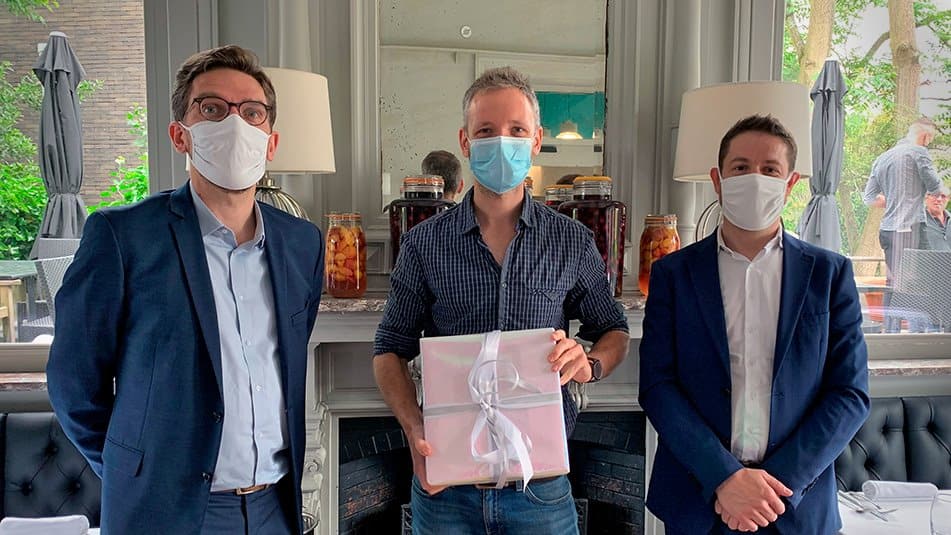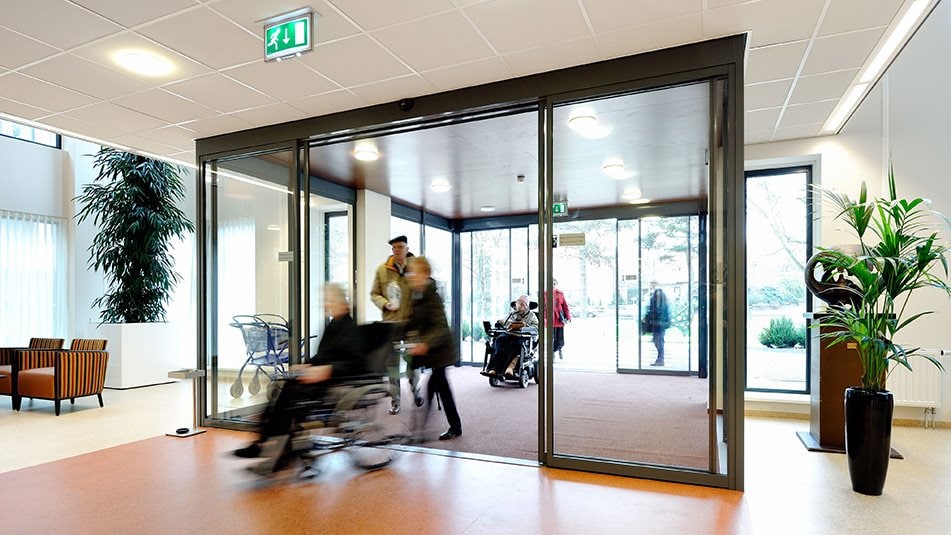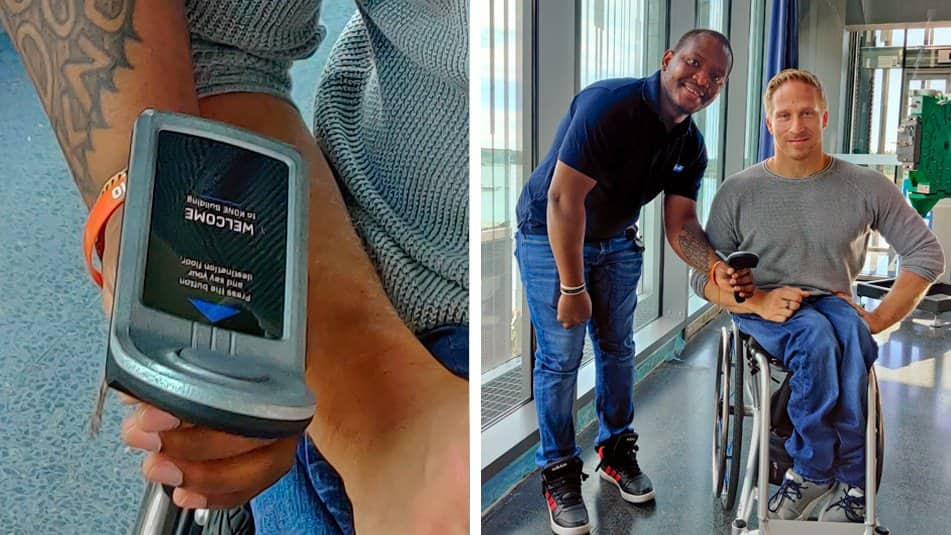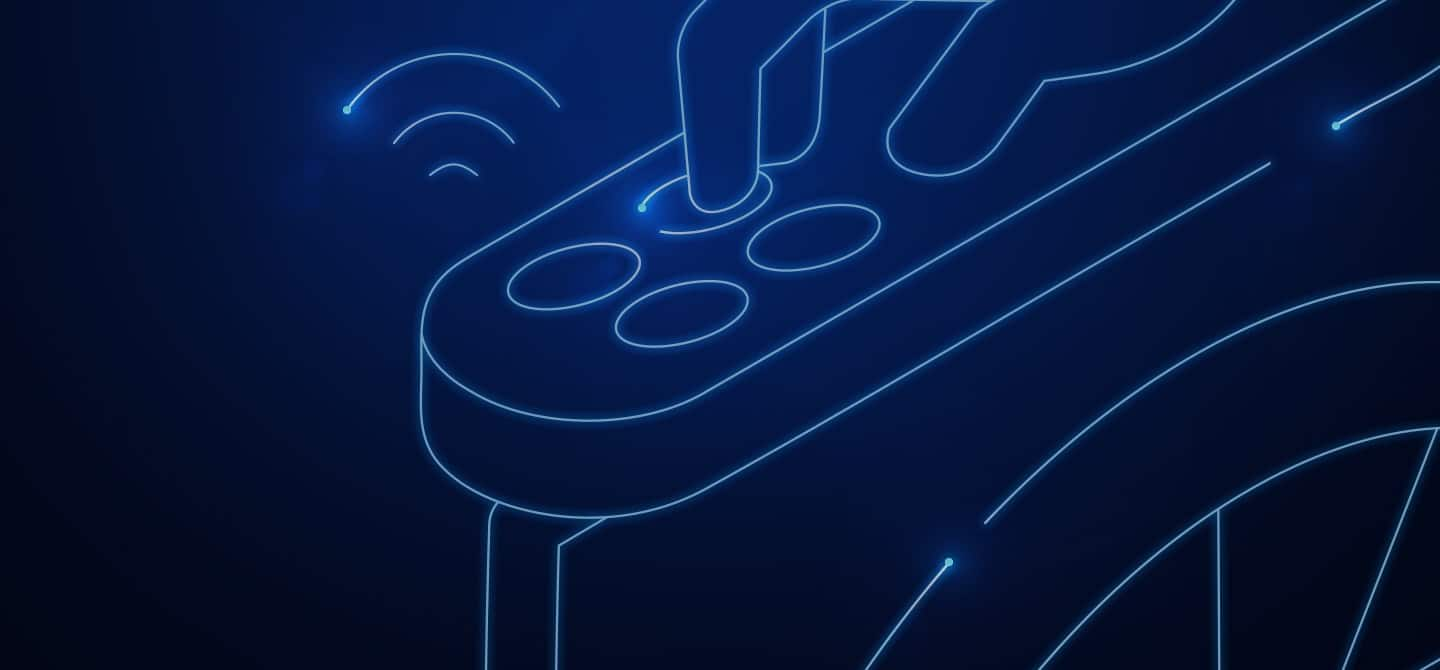September 14, 2021
Innovation isn’t confined to the domain of the tech savvy. Given the chance, it can be discovered in the hearts and minds of everyday people who often see better ways of doing things that the rest of us cannot.
Those everyday ideas can remain hidden. The secret to success is to find these people, hear about the ideas, and then offer a viable way forward for innovation to be evaluated, tested, and even commercialized.
Earlier this year, KONE ran a competition on social media to encourage anyone to propose their idea of how to connect anything to a KONE DX (Digital Experience) Class elevator. The campaign, called KONE DX Experiments, was kicked off with a video of a KONE DX Class elevator being mind-controlled, an experiment that KONE had previously tested. This test used a headset sensor capable of detecting shifts in brain impulses when a person’s thought patterns indicated a request for an elevator.
The winning entry was submitted by Hugo Hermant, a physiotherapist in France who cares for senior citizens in nursing homes requiring close monitoring and wheelchairs for mobility. His proposal was to enable wheelchairs to connect to elevators. Hugo’s submission, which was selected because of its innovative thinking, originality, and potential real-life usefulness, is now being tested in collaboration with KONE.

Necessity drives invention
“The Mother of Invention is Necessity”, states the 16th century proverb. This time-honored adage encapsulates Hugo’s motivation to join in the KONE DX Experiments competition.
“I work with residents who cannot physically use an elevator, yet they understand how it operates and would like to take advantage of it,” says Hugo. “Being able to move brings greater freedom, and if we do not help our nursing home residents on a daily basis, they will just stay on their own floor.”
Hugo points out that such inactivity can lead to irreversible consequences later.
“It’s important to know that for the elderly, anything that is lost is difficult to recover. Having the autonomy to access elevators from a wheelchair gives them the freedom to attend to their activities, such as visit the hairdresser, go to the dining room, and so on, and to do so safely.”

Then there is the matter of how time resources could be better allocated for Hugo and his colleagues.
“At times, the medical staff might be taking care of as many as 80 patients. Giving more autonomy to our residents would allow us to allocate our time more effectively. If our residents can manage to come and go from activity to activity independently using our elevators, it’s a plus for us.”
Hugo’s engagement with KONE to jointly experiment with wheelchair connectivity to elevators is made possible in large part by KONE’s digital platform and open API (application programming interface) architecture that encourages innovation, co-creation, and solution piloting.
Casting a wider net encourages new ideas
“Innovation is a critical part of KONE’s DNA and a key determinant in our ability to deliver customer-centric solutions and services,” notes Raymond Ogienoyevbede, Global API Operations Manager for KONE.
“An underlying design philosophy of the KONE DX Class elevator, its digital platform, and open API architecture has been to welcome a broad cross-section of solution providers, allowing them to extend the reach of their solutions to a far greater audience.”
However, Ogienoyevbede points out that the main constituency of KONE’s open APIs has been its Ecosystem Partners, many of whom are established companies with smart building solutions.
“Our intent, underlined by the KONE DX Experiments competition, is to cast an even wider net to bring new ideas and innovation to our digital platform. We want to be welcoming even to the single pioneer, as in the case of Hugo Hermant, to find the maximum potential for their idea, be it through us or in collaboration with our partner network.”

The power of one
While the story of the KONE DX Experiments competition and its winner Hugo Hermant is one example of how digitalization opens up new opportunities. The wider implications are clear; anyone, regardless of their background, has the potential innovate with KONE.
“It’s an open invitation to join us in helping to make buildings, spaces, and urban environments more accessible and inclusive than ever by listening and responding to genuine user needs,” urges Ogienoyevbede.
Have an innovative idea you would like to explore with us? You can learn about us by visiting https://dev.kone.com. And if you would like us to contact you by email, write to api-support@kone.com. At KONE, we want to foster an open culture to co-create and collaborate with the aim to build our cities more sustainable, inclusive, and accessible – better places to live, for everyone.
*) Safety is our top priority and, in each country, we strictly follow the local Covid restrictions and guidelines. The local events featured in these pictures (in Paris, France and in Espoo, Finland) were organized according to the prevailing regulations about mask use in each city.
